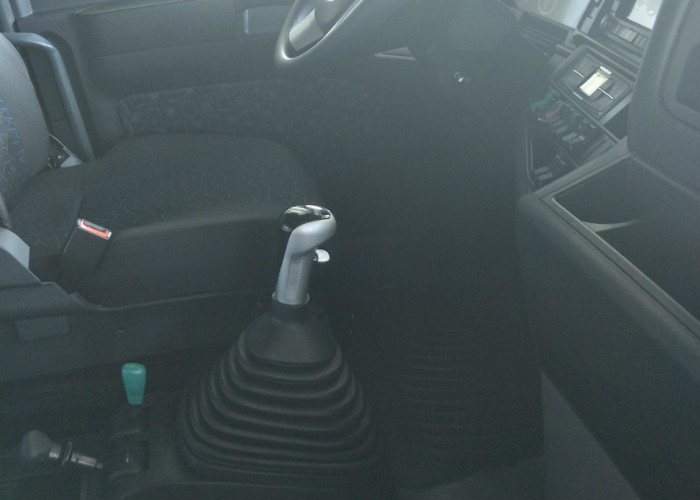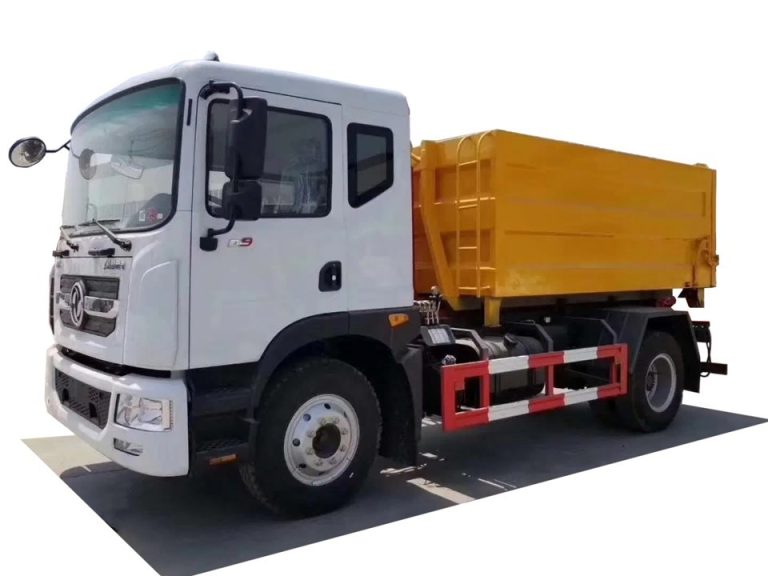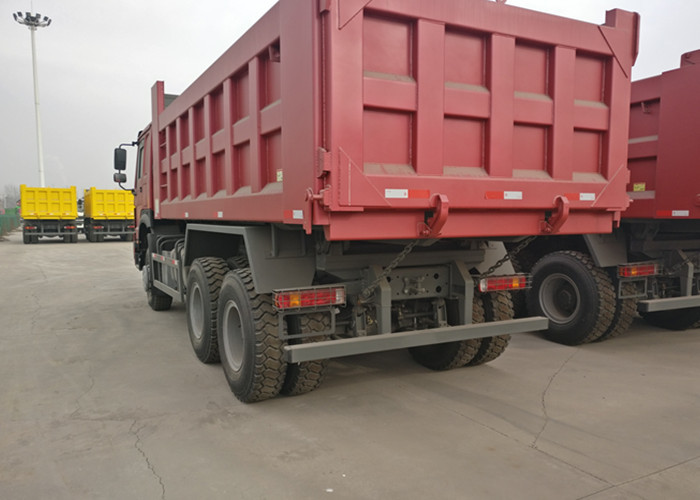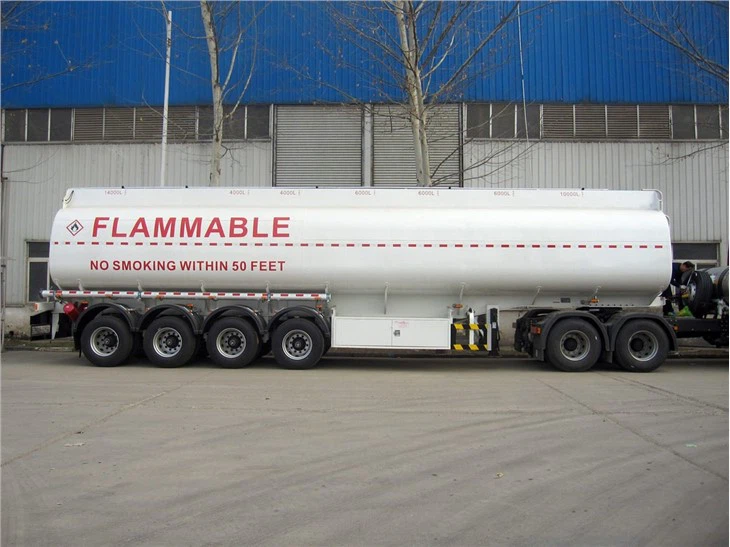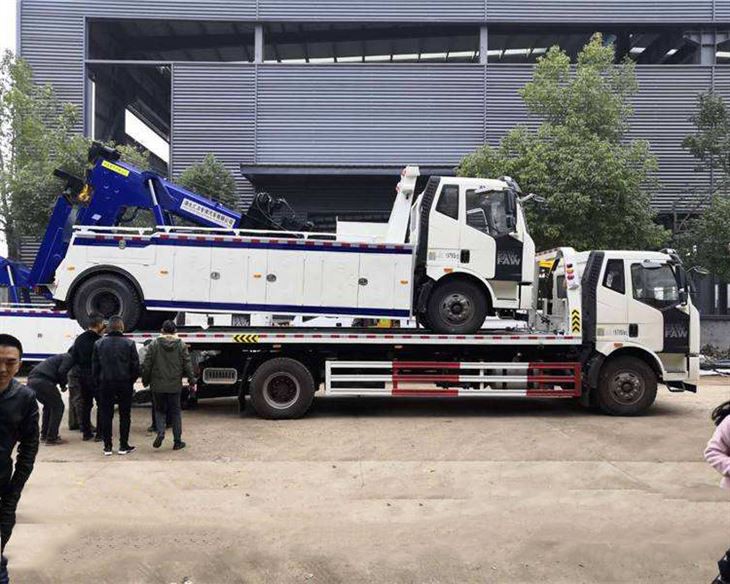Introduction
Septic systems play a crucial role in managing wastewater in areas without centralized sewage systems. Maintaining these systems is vital for health, environmental protection, and property value. Among the essential components for septic maintenance is the septic tank pump truck. This article provides a comprehensive overview of septic tank pump trucks, their functions, benefits, and tips for choosing the right service provider.
What is a Septic Tank Pump Truck?
A septic tank pump truck is a specialized vehicle designed for the pumping and removal of sludge and waste from septic tanks. Equipped with large storage tanks, hoses, and pumps, these trucks effectively manage the contents of a septic system, ensuring optimal performance and longevity.
The Anatomy of a Septic Tank Pump Truck
Understanding the components of a septic tank pump truck helps clarify how it works:
- Tank: The primary storage unit for the pumped waste, usually made from durable materials.
- Pump: High-powered pumps that remove sludge and wastewater from the septic tank.
- Hoses: Flexible tubes that transport the waste from the septic tank to the truck’s storage tank.
- Control Panel: Allows operators to manage pumping operations efficiently.
Why is Pumping Important?
Pumping septic tanks is a hallmark of effective septic maintenance. Below are the main reasons why this practice is vital:
Prevention of Backups
Regular pumping prevents wastewater backups into the home, which can result in costly repairs and health hazards.
Enhancing System Lifespan
Pumping out sludge and scum reduces buildup, prolonging the life of the septic tank and drain field.
Environmental Protection
A properly maintained septic system minimizes the risk of contaminating groundwater and nearby water bodies.
When Should You Schedule Pumping?
Pumping schedules can vary based on several factors, including:
Household Size
Larger households produce more waste; therefore, they may require more frequent pumping.
Tank Size
Smaller tanks need more frequent pumping, while larger tanks can go longer between services.
Usage Patterns
If heavy water use occurs, such as frequent laundry or bathing, septic tanks may fill up quicker, necessitating more regular pumping.
General Guidelines
| Household Size | Tank Size | Pumping Frequency (Years) |
|---|---|---|
| 1-2 People | 1,000 Gallons | 3-5 |
| 3-5 People | 1,500 Gallons | 2-3 |
| 6+ People | 2,000 Gallons | 1-2 |
Choosing the Right Septic Pump Truck Service
Selecting a reliable septic pump truck service is crucial for effective waste management. Here are some factors to consider:
License and Certification
Ensure the company is licensed and certified to handle septic waste, complying with local regulations.
Experience and Reputation
Look for companies with considerable experience and positive customer reviews. Ask for references if necessary.
Equipment Quality
Inquire about the condition and capacity of the trucks and equipment used. Well-maintained vehicles are essential for efficient pumping.
Pricing Transparency
Choose a service provider that offers clear pricing structures without hidden fees. Request quotes from multiple companies for comparison.
Common Pricing Factors
- Distance traveled
- Size of the septic tank
- Service frequency (regular vs. emergency)
DIY vs. Professional Pumping: What You Need to Know
While some homeowners may consider self-pumping, it is essential to weigh the pros and cons:
Benefits of Professional Pumping
- Expertise in handling waste safely.
- Proper disposal methods compliant with regulations.
- Use of specialized equipment for efficient service.
Challenges of DIY Pumping
- Health hazards from handling sewage.
- Legal implications of improper waste disposal.
- Potential for incorrect procedures causing system damage.
Signs You Need to Call a Septic Tank Pump Truck
Homeowners should be aware of signs indicating it’s time to call for septic pumping:
Slow Drains
If multiple drains in the home are slow, it may signify septic tank overfilling.
Unpleasant Odors
Foul smells near the septic tank or in the yard can indicate a malfunctioning system.
Pooling Water
Water pooling in the yard or near the septic tank can signify a full tank or drain field issue.
Best Practices for Septic Tank Maintenance
To ensure the longevity of your septic system, consider implementing the following best practices:
Regular Inspections
Schedule routine inspections every 1-3 years to assess the system’s condition and functionality.
Use Water Wisely
Avoid excessive water usage, which can strain your septic system and lead to premature pumping needs.
Avoid Flushing Non-Biodegradables
Only flush toilet paper and human waste. Items like wipes, feminine products, and grease can cause blockages.
Ensure Proper Drain Field Care
Keep vehicles off the drain field and avoid planting trees or shrubs too close to avoid root damage.
FAQs about Septic Tank Pump Trucks
1. How often should I pump my septic tank?
The general recommendation is every 3-5 years, but frequency may vary based on household size and usage.
2. How much does it cost to pump a septic tank?
The average cost ranges from $200 to $500, depending on tank size and location.
3. Can I pump my septic tank myself?
It is not advisable due to potential health risks and legal regulations regarding waste disposal.
4. What should I do if I notice my septic tank is full?
Immediately contact a professional septic service to schedule pumping to avoid backups and system damage.
5. How do I find a reliable septic service provider?
Look for licensed companies with positive reviews. Ask friends or family for recommendations and check local directories.
6. What happens to the waste after it’s pumped out?
The waste is transported to a treatment facility for proper processing and disposal, following local environmental regulations.
